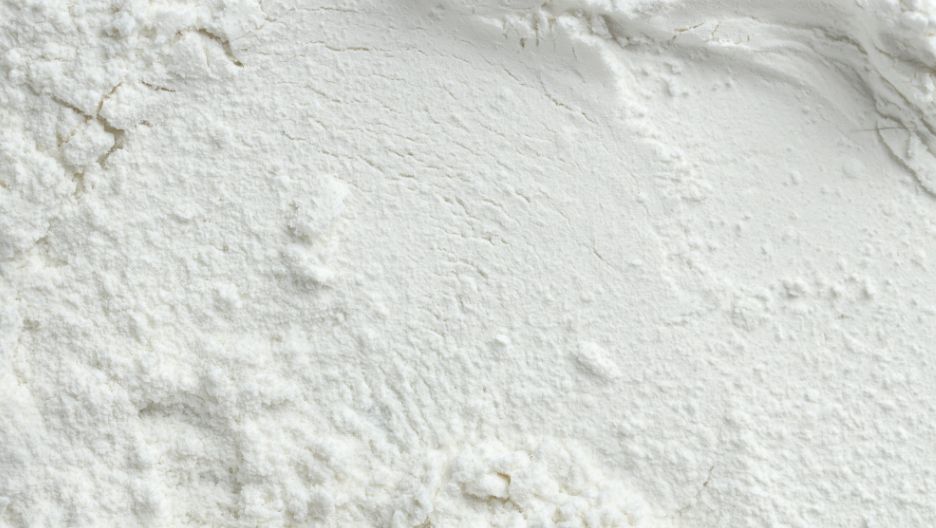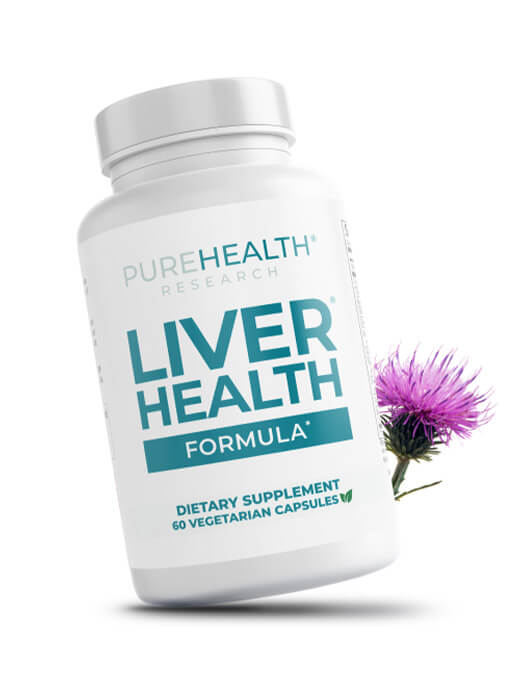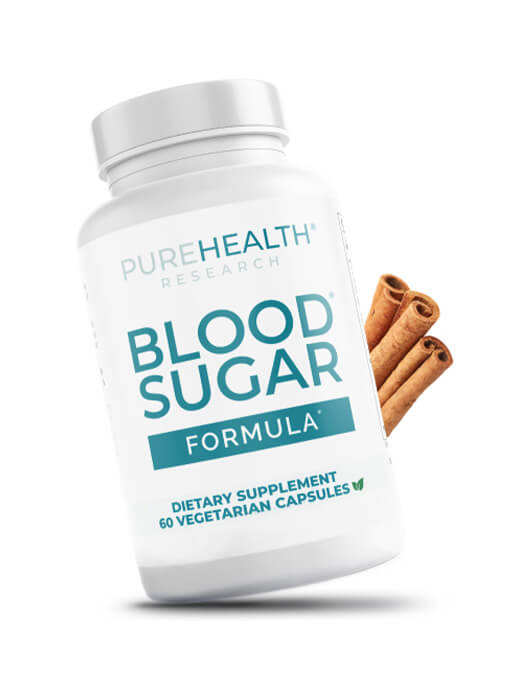L-Cysteine
- Latin Name: L-Cysteine
- Common Name: Cysteine, N-Acetyl Cysteine (NAC)
- Family: Amino Acids
- Source: Animal proteins, vegetables, synthesized supplements

What is L-Cysteine?
L-cysteine, a sulfur-containing amino acid, plays a vital role in numerous bodily functions. This remarkable compound serves as a building block for proteins and acts as a powerful antioxidant precursor.
In the supplement market, various forms of cysteine exist, each with unique properties and applications. The difference between N-acetyl-L-cysteine and N-acetyl-L-carnosine represents a perfect example of how similar-sounding compounds can serve entirely different purposes:
N-acetyl-L-cysteine (NAC) - Enhanced absorption form for antioxidant support
N-acetyl-L-carnosine - Distinct compound supporting eye health
L-Cysteine Benefits
Let's explore how L-cysteine supports your well-being. This remarkable amino acid provides several important benefits that can help you maintain good health as you age:
PureHealth Research Products with L-Cysteine
L-Cysteine Dosage
Here's a clear guide to recommended daily amounts that can help you maintain good health at every stage of life:
Age Group
Recommended Daily Intake (mg)
Adults (19-50)
500-1,000
Adults (51+)
500-900
Women (all ages)
500-900
Active Adults
Up to 1,500
During Illness
Up to 1,800*
Upper Limit
2,000
If you're taking cysteine during times of illness, please have a conversation with your healthcare provider first. They know your health history best and can guide you to the right amount for your needs.
Interactions with Other Ingredients
When starting L-cysteine, a thoughtful approach helps you get the most benefit safely. Begin with a lower dose and gradually increase it as your body adjusts.
Pay attention to how your digestion responds - this natural feedback helps you find the right amount for your needs. If you're expecting or nursing, please check with your healthcare provider first. Regular attention to how you feel helps you adjust your intake to match your body's needs, ensuring the best results while maintaining your comfort.
L-Cysteine Food Sources
Where does L-cysteine supplement come from? Natural sources include duck feathers and plant materials, while synthetic processes create pharmaceutical-grade options.
- Poultry
- Eggs
- Dairy products
- Onions
- Red peppers
- Garlic
- L-cysteine vegetables like broccoli, Brussels sprouts, and other cruciferous varieties
Beyond its natural occurrence in foods, cysteine has found its way into various industrial applications, particularly in food processing.
L-Cysteine Side Effects
While L-cysteine is generally gentle, it's helpful to know what to expect when taking this supplement. You might notice mild stomach discomfort when first starting, particularly if taken on an empty stomach. Some people experience temporary headaches or feelings of tiredness.
Less commonly, you might notice a change in how things taste. If you take more than 1,500mg daily, you could experience nausea or digestive changes. For your comfort, always take L-cysteine with food and plenty of water. If you notice any unusual effects, simply reduce your amount or space it throughout the day. Those with liver or kidney concerns should speak with their doctor first.
Where does L-cysteine supplement come from?
L-cysteine supplements derive from various sources. The most common include duck feathers and plant materials, while pharmaceutical-grade options are created through synthetic processes. Modern manufacturing methods increasingly favor vegetarian sources and biotechnology-based production to ensure quality and ethical sourcing.
Does L-cysteine reduce gluten?
Cysteine may help break down gluten proteins, potentially making it easier to digest. However, individuals with gluten sensitivities should not rely on cysteine as a primary solution for gluten tolerance. The interaction between cysteine and gluten proteins continues to be an area of active research.
How much L-cysteine in an onion?
The cysteine content in onions typically ranges from 10-25mg per 100g, varying by onion variety and growing conditions. Red onions generally contain higher amounts than white varieties. For comparison, this is a modest amount compared to supplemental doses, but onions provide additional sulfur compounds that work synergistically with cysteine.
Is L-cysteine added to bread?
Yes, commercial bakeries commonly use L-cysteine as a dough conditioner. This practice improves dough elasticity, reduces mixing time, and enhances texture. Food manufacturers typically list it as L-cysteine or dough conditioner on ingredient labels, and it's generally recognized as safe (GRAS) by regulatory authorities.


